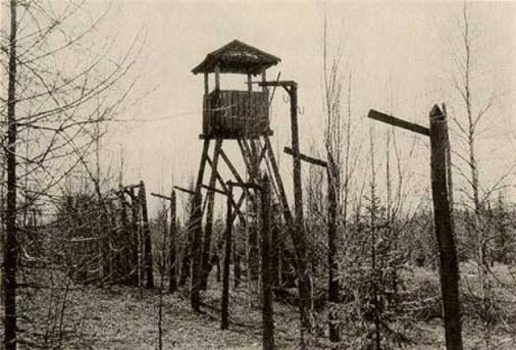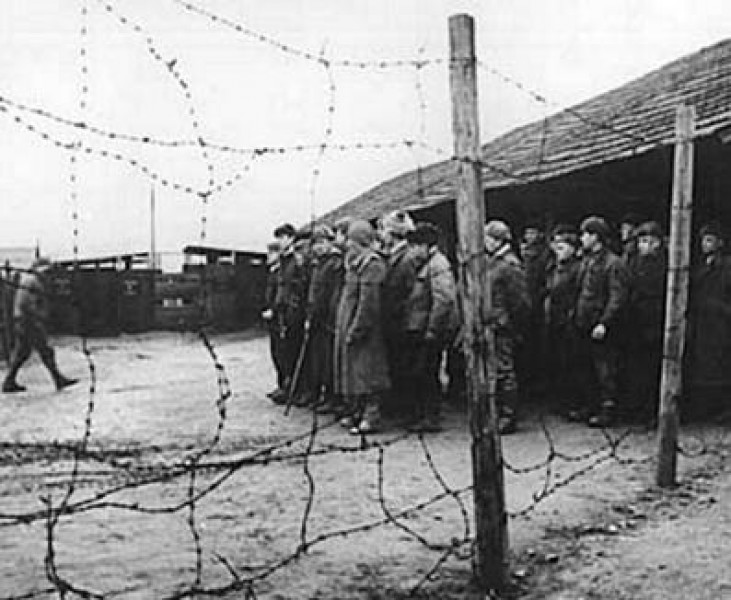
That was the day when the history of one of the most terrible labour camps (Karlag) started.
One year later, on 19 December 1931 another decision was made: "To reorganise the first branch of the Kazakh Corrective Labour Camp (collective farm "Gigant") into the Karaganda Independent Corrective Labour Camp of the Joint State Political Directorate ("Karlag OGPU") reporting directly to the GULAG (Main Administration of Corrective Labour Camps)". The main Administrative office was located in the village of Dolinskoe.

The centre of the camp was located in the village of Dolinka, 45 kilometres away from the city of Karaganda. 120 thousand hectares of cultivated land and 41 thousand hectares of grassland went to the camp.
By 1940 developed area of the camp’s territory had accounted 1 780 650 hectares. The camp extends approximately 300 km from north to south and approximately 200 km from east to west.
To construct the railway Karaganda-Balkhash the strongest and healthiest people were selected. They worked in deplorable conditions. Those who didn’t do the established volume of work obtained less food. Exhausted people fell down dead. Their bodies were laid on railway embankments and covered with soil.

The Karlag possessed the real power, weapons, transport. It had its own post service and telegraph. It consisted of 26 localities situated in the radius of 2 — 400 km.
Visiting College of the Karaganda Regional Court worked in the Karlag. Sentences were enforced at the same place. Condemned people were brought to their knees in front of a pit made by other prisoners and shot in nape. Names of executed prisoners were recorded and classified as "passed away". Their personal files were done away with.
The economy of the Karlag flourished. Famous scientists, military leaders, workers of art, politicians monastic people served a term of imprisonment there.
It is believed that over the period of its existence more than one million of prisoners passed through the camp. The archives of the camp are still in secret and it is impossible to identify the approximate number of its victims.

By its closing, the Karlag almost didn’t have political prisoners.
On July 27, 1959 the Karaganda Corrective Labor Camp was closed (reorganised into the Places of Detention Administration, Directorate in the Ministry of Internal Affairs, Karaganda region).
Kazakhs, Germans, Russians, Romans, Hungarians, Poles, Belarusians, Jews, Chechens, Ingush, Frenchmen, Georgians, Italians, Kyrgyz, Ukrainians, Japanese, Finns, Lithuanians, Latvians, and Estonians... Infernal millstones of the People’s Commissariat for Internal Affairs (NKVD) ground everyone without looking at their ethnic background.
All the victories and achievements, historical constructions, mines, roads, factories mentioned in the reports delivered from the Soviet podiums were built through the blood and sweat of those people. Everything was done through their lives, broken destinies and tragedies of entire peoples and each individual. We have no right to forget about it ...
